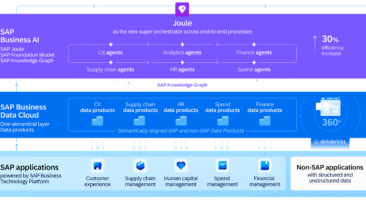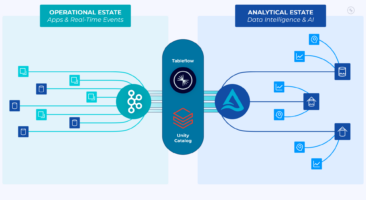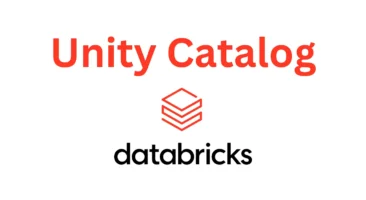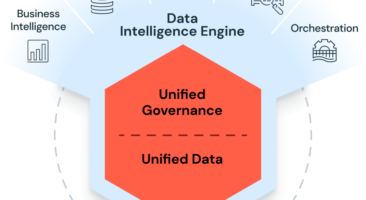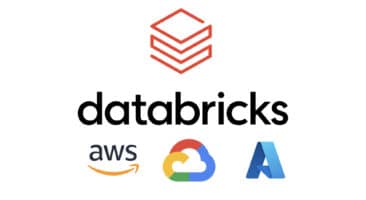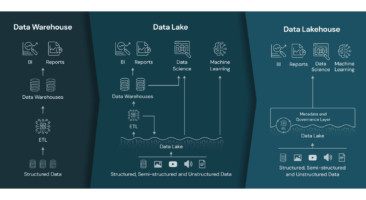Serverless Computing – The Next Generation of Cloud Computing
Serverless computing has been dubbed the next generation of cloud computing, and for good reason. Any technology that lets developers ignore such technical issues as infrastructure set-up, capacity planning, server configuration, server management, maintenance, operating, as well as the scaling of containers, Virtual Machines (VMs), and/or physical servers and lets them focus on what they do best – writing code – should be considered revolutionary. In December 2018, Gartner offered serverless computing as one of its ten computing trends in infrastructure and operations, and its projection that 20% of global business enterprises would embrace the technology by the end of 2020 probably underestimated demand because demand for cloud services was hyper-drived because of the COVID-19 pandemic.
Serverless computing lets businesses build agile applications that can easily adapt according to a company’s IT demand and needs. Providers of serverless computing offer pay-as-you-go services, and the platform is great for creating and hosting backend systems that handle mini-programs, web apps, containers, orchestration layers, Artificial Intelligence models, as well as various Application Programmer Interfaces (APIs). Serverless computing can act like Backend as a Service (BaaS) platform and serverless providers take care of all system infrastructure management, all operation and maintenance (O&M) needs while giving clients the freedom to build, develop, and deploy systems and applications without having to worry about hardware, software, networking, or data orchestration needs.
Is serverless computing right for your business? Well, that depends. As with everything in business, it’s best to look at the risk-reward ratio as well as the return on investment (ROI) when deciding whether or not to implement new technology. Since the serverless providers have made these platforms quick to set up, simple to scale, and easy to turn on and turn off, serverless is usually a cost-effective way to reduce IT expenses. Serverless computing can also cut down on capital expenditure because, whereas the purchase of new servers can be considered a capital expenditure or a CapEx expense, cloud costs can be treated as operating expenses or an OpEx. The latter is usually treated more favorably as a tax expense, therefore there might not be direct revenue generation but there could be simple bottom-line improvement with a serverless computing implementation when growing an IT estate.
Standard Extract, Transform, Load (ETL) tasks can also be simplified, while time and energy can be saved when an ETL job run encounters data issues, as they often do. Should particular files not be ready for extraction, the system can trigger an alert that informs any necessary department or individual that there are data issues. The ETL run could be put on hold or even shut down until all required data is ready to be imported. Event-based computing even allows developers to write code that updates compute and storage needs on a serverless system, thereby optimizing a workflow.
On the risk side of the ledger, going serverless means giving up a certain element of control over a company’s IT estate. Although, in general, cloud computing environments are highly secure, any company that falls victim to a cyberattack must coordinate all responses through the cloud provider who hosts the serverless environment. Since the actual servers and infrastructure are owned by the cloud provider, they will be the ones leading the cyberattack response and they will be the ones ultimately responsible for getting the attack under control. Also, serverless computing providers often rely on open-source libraries, but this software tends to be less secure than commercial software.
Today, companies as distinctive as Slack, HomeAway, GreenQ, and Coca-Cola are all successfully utilizing serverless computing platforms to handle such divergent things as chatbot applications, real-time traveler recommendation systems, Internet of Things (IoT) systems that collect key metrics from garbage trucks to improve waste management pickup and delivery, as well as payment processing systems to buy a coke.
Serverless computing can give companies more control over their infrastructure spending. It also can reduce operations and maintenance expenses, increase a system’s reliability, and allow instant scalability to ensure customers won’t be frustrated by a lack of access. Above all else, a technology that allows developers time to focus on the one thing they do best – coding – should be embraced and heralded.










